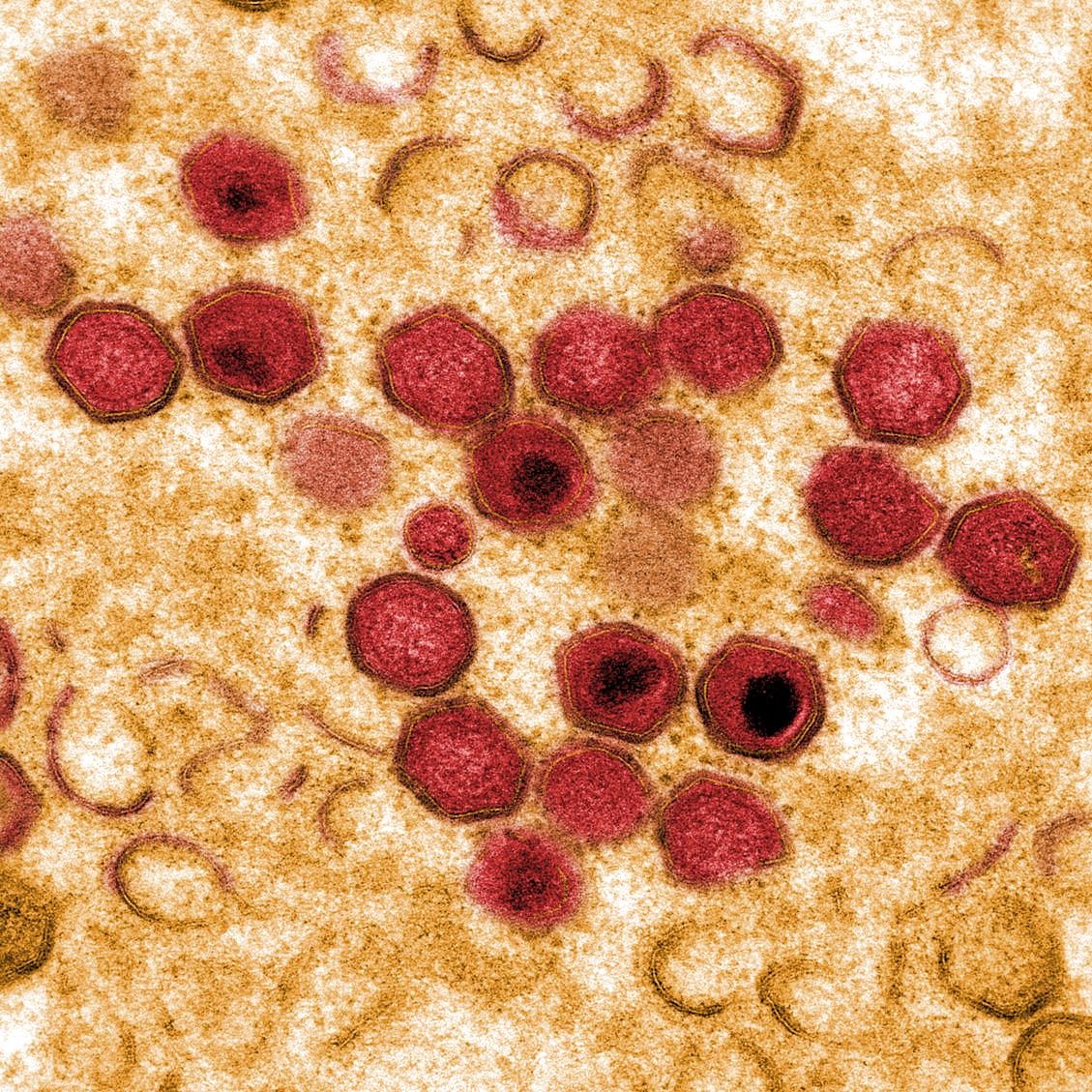Comparative phenotypic and functional analyses of the effects of autologous plasma and recombinant human macrophage-colony stimulating factor (M-CSF) on porcine monocyte to macrophage differentiation
Porcine monocyte-derived macrophages (moM?) have been employed as a model cell in numerous studies of the porcine immune system. However, the lack of a standardized method for moM? differentiation hampers the comparison of results coming from the use of different laboratory protocols. In this study we compared the use of varying concentrations of autologous plasma (10, 20 and 30% v/v) or recombinant human macrophage-colony stimulating factor (hM-CSF; 50, 100, and 200 ng/ml) to differentiate porcine monocytes into macrophages. Changes in cell morphology and surface marker expression were assessed by confocal microscopy and flow cytometry. Macrophage differentiation was evaluated by analysing TNF-? response to LPS stimulation and determining cytokine secretion patterns under both basal conditions and after classical and alternative activation. The effects of the differentiation methods on metabolic activity and susceptibility to infection with the myelotropic African swine fever virus (ASFV) were also evaluated. Monocytes cultured using the different culture conditions tested augmented in dimension and cellular complexity, but increasing porcine plasma concentrations resulted in a dose dependent enhancement in granularity and a marked pleomorphism. As expected, CD163, MHC class II DR and CD203a expression were up-regulated in both hM-CSF (M-CSF-moM?) and autologous plasma cultured macrophages (AP-moM?), although a lower percentage of CD163+ cells were found following differentiation with high percentages of porcine plasma. We observed enhanced number of viable cells using high concentration of hM-CSF compared to porcine plasma, suggesting a proliferative effect. Irrespective of differentiation conditions, monocyte differentiation into macrophages resulted in an increased susceptibility to ASFV and yielded larger amounts of LPS-induced TNF-?. AP-moM? showed a higher basal release of IL-1RA compared to those cultured with hM-CSF and displayed a reduced ability to respond to classical activation, suggesting that the use of high percentages of porcine plasma led to the acquisition of a M2-like phenotype. We conclude that all the protocols tested in this study can be considered as suitable to produce porcine moM?, although the use of hM-CSF provides high responsiveness to M1 polarization. Since a higher phenotypic and functional inter-animal variability was observed in AP-moM?, we propose that the use of low concentration of hM-CSF should be adopted as the method of choice to provide a better reproducibility between experiments.
